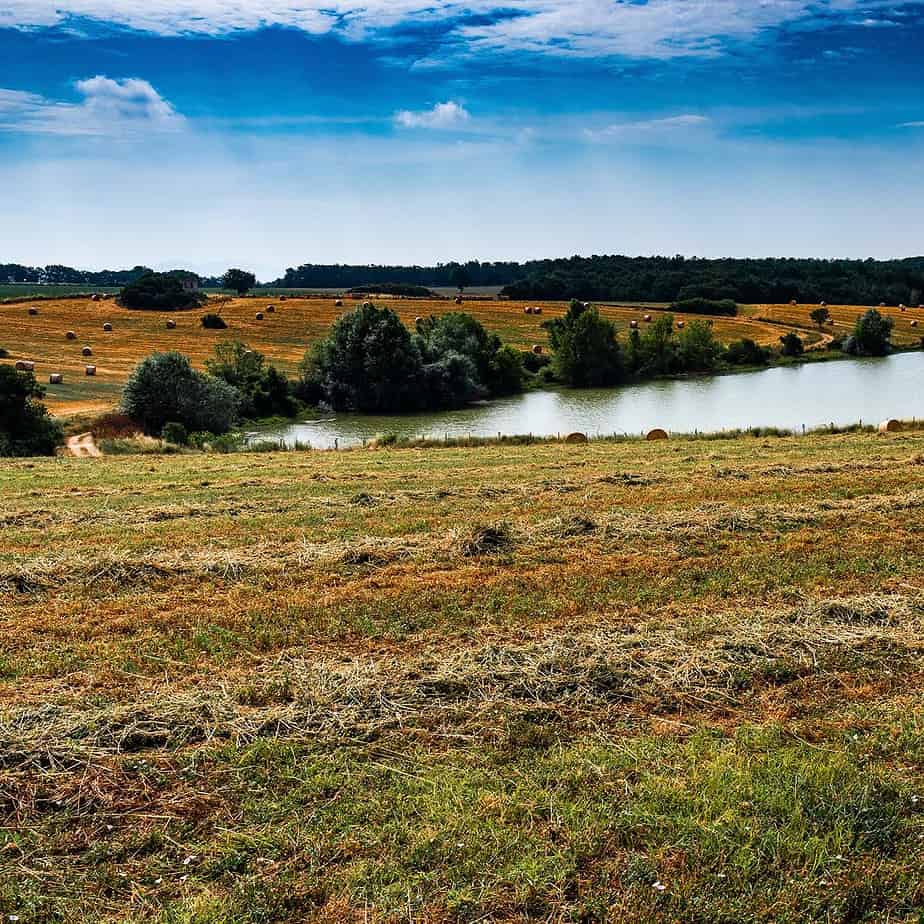
Introduction
Farm dams play a vital role in agricultural practices, serving as a reliable water source for irrigation, livestock, and general farm operations. However, heavy rainfall or excessive water accumulation can lead to the dam’s water levels rising beyond capacity, potentially causing catastrophic consequences. To prevent such scenarios and ensure controlled overflow, designing effective spillways becomes crucial. In this blog post, we will explore the importance of spillways, their design considerations, and best practices for designing spillways that effectively manage excess water while safeguarding the integrity of farm dams.
Understanding the Significance of Spillways
Spillways act as safety valves for farm dams, allowing controlled release of water when the reservoir reaches its maximum capacity. Without a well-designed spillway, dams face the risk of overflowing, leading to potential structural failures, erosion, and flooding downstream. A properly functioning spillway ensures that water levels remain below the dam’s maximum capacity, preventing costly damage and protecting both the dam and its surroundings.
Key Design Considerations
Flow Capacity: The spillway design should account for the maximum expected inflow rates during peak rainfall events. Calculating the design flood and estimating the inflow volumes based on historical data or regional rainfall patterns is essential. Engineers use hydraulic modelling techniques to determine the appropriate spillway dimensions to handle anticipated water flows efficiently.
Erosion Control: To mitigate erosion, spillways must be designed with materials that can withstand the force of water and the erosion it may cause. Concrete-lined or reinforced spillways are commonly employed to enhance durability and resist erosion over time.
Channel Design: The channel downstream of the spillway must be carefully designed to handle the water discharge without causing downstream erosion or flooding. Adequate channel capacity, bank protection measures, and proper alignment are crucial to prevent excessive erosion and ensure the safe flow of water.
Safety Measures: Safety should be a top priority when designing spillways. Provisions such as safety barriers, warning signs, and fencing should be implemented to prevent accidents and keep people away from hazardous areas.
Best Practices for Designing Spillways
Professional Expertise: Engaging qualified engineers or consultants with experience in dam construction and spillway design is crucial. Their expertise and knowledge of local regulations and industry best practices can help ensure the spillway is designed to meet all safety and functionality requirements.
Regular Maintenance: Spillways should be regularly inspected and maintained to ensure their proper functioning. Vegetation control, debris removal, and monitoring for signs of erosion or structural issues should be part of routine maintenance activities.
Emergency Preparedness: Despite careful planning and design, unexpected events can still occur. Developing emergency action plans that outline procedures to follow during flood events or dam failures is essential. Regular drills and training sessions with farm personnel can improve response times and reduce potential risks.
Environmental Considerations: Spillways should be designed with the surrounding environment in mind. Incorporating environmentally friendly features such as fish ladders or water diversion mechanisms can minimize the impact on aquatic ecosystems and maintain ecological balance.
Conclusion
Designing spillways for farm dams is a critical aspect of dam construction and management. A well-designed spillway ensures controlled overflow, preventing potential damage to the dam and downstream areas during heavy rainfall events. By considering key design factors, engaging professional expertise, and implementing best practices, farmers can effectively manage excess water, safeguard their investments, and contribute to sustainable agricultural practices. Remember, a carefully designed and maintained spillway is not only a safety measure but also an investment in the long-term resilience of your farm and the surrounding ecosystem.

Pingback: Removing Weeds From A Farm Dam: A Comprehensive Guide | Big Ditch Dam Building Company